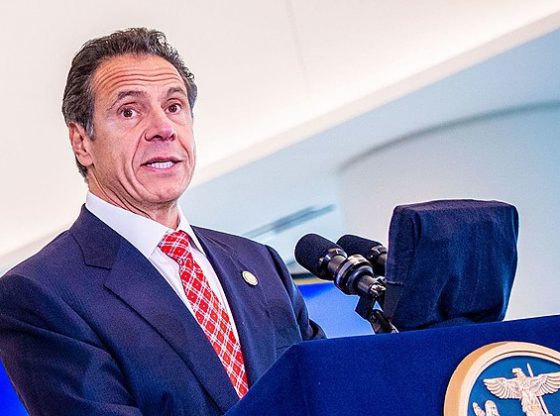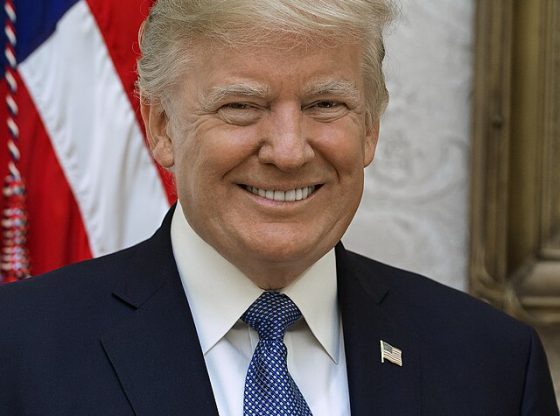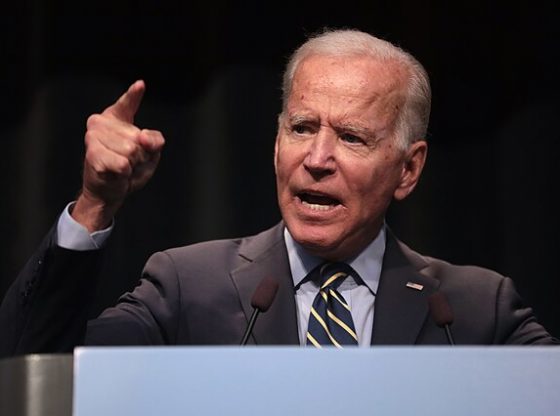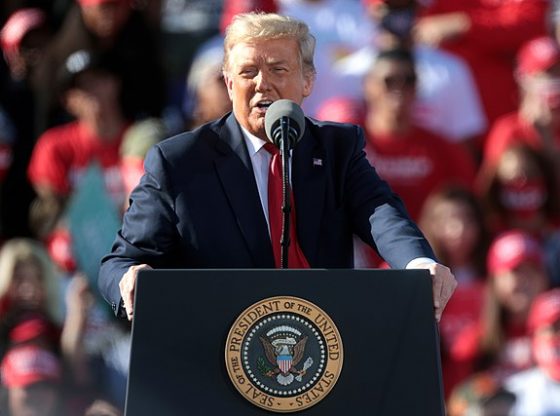The U.S. economy grew at a rate of 3.3% in the fourth quarter of 2023, according to gross domestic product (GDP) statistics released by the Bureau of Economic Analysis (BEA) on Thursday.
In the third quarter of 2023, real GDP rose 4.9%, down from the second estimate of 5.2%, but in line with initial estimates. Economists expected that GDP growth would be around 2% for the fourth quarter of 2023, in line with typical U.S. growth rates.
“Not only are we seeing consumers use traditional debt instruments like credit cards, but they’re also increasingly turning to relatively new ways of financing their spending, as evidenced by the explosion of buy-now-pay-later plans in the fourth quarter,” E.J. Antoni, a research fellow at the Heritage Foundation’s Grover M. Hermann Center for the Federal Budget, told the Daily Caller News Foundation. “It remains to be seen if the Bureau of Economic Analysis has revised their methodologies to be more accurate in their advance estimates, but what’s clear is that the ‘growth’ we’re seeing now is not sustainable. The consumer will eventually hit a wall and the bond vigilantes will eventually overpower the Treasury and Fed’s efforts to keep yields down. I think a recession remains highly likely this year.”
The GDP announcement comes less than one week before the first Federal Open Market Committee (FOMC) meeting of 2024, with the Federal Reserve projecting that it will reduce the federal funds rate to 4.6% by the end of the year, likely from three separate rate cuts of 0.25%, providing a possible boost to the economy. The Fed’s federal funds rate is currently set in a range of 5.25% and 5.50%, the highest rate in 22 years, in an attempt to tame high inflation.
Inflation remained elevated in the fourth quarter, measuring 3.4% in December year-over-year, far higher than the Fed’s target of 2%.
Government spending was a key contributor to high GDP growth in the third quarter of 2023, with consumption from the federal government rising 6.2% year-over-year in the quarter. Personal consumption also showed strong growth in the third quarter, fueled by a decline in Americans’ savings.
Federal spending has led to an increase in the number of Americans employed by the government, which exceeded 23 million for the first time ever in December. The U.S. added 216,000 nonfarm payroll jobs in December, higher than expectations, but also revised the previous two months’ job gains down by 71,000.
Retail sales during the holiday season slumped, only rising 3.1% not adjusted for inflation from Nov. 1 to Dec. 24 year-over-year, lower than the pace of inflation in December.
The 3.3% figure is an advanced estimate and will be updated as additional data becomes available, according to the BEA.
Will Kessler on January 25, 2024
















